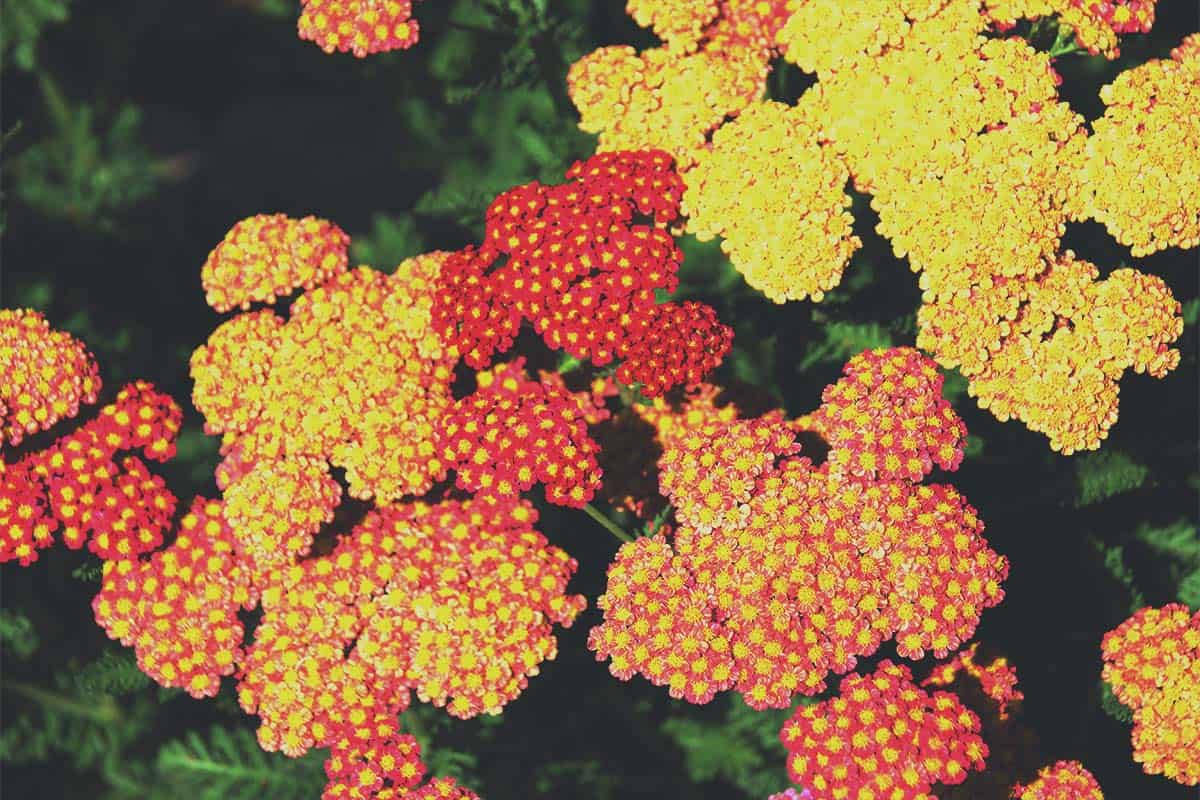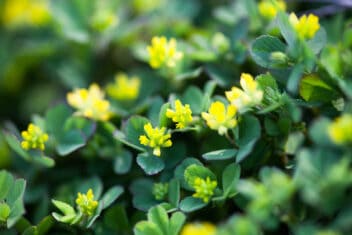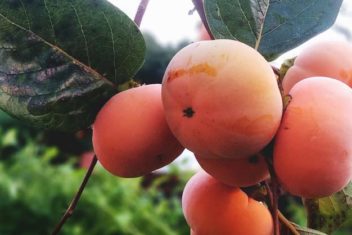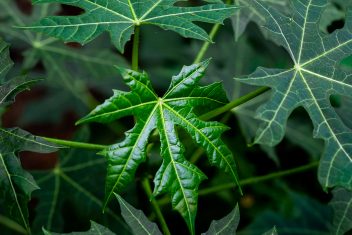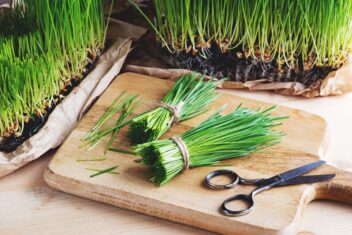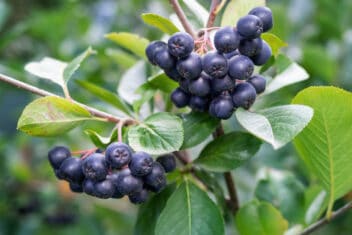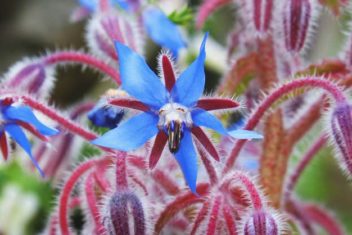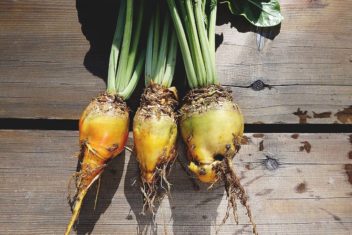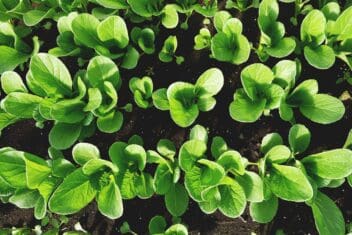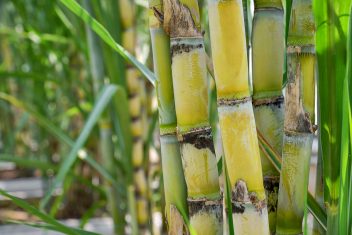Are you looking for a native plant that works as the perfect border or ground cover option? Growing yarrow could be the ideal choice for you, inviting pollinators to your garden and requiring little care once established.
Yarrow is a hardy perennial plant with flower heads made of dozens of tiny, tightly-packed clusters of blossom. It comes in many colors, such as pink, red, yellow – really, any shade possible.
Not to mention, yarrow is an aromatic herb that has healing properties you can use for dozens of ailments. That means you can grow yarrow in your flower beds or your herb garden. Either way, it makes the perfect addition to your property.
So, let’s take a look at how to grow and take care of this lovely plant.
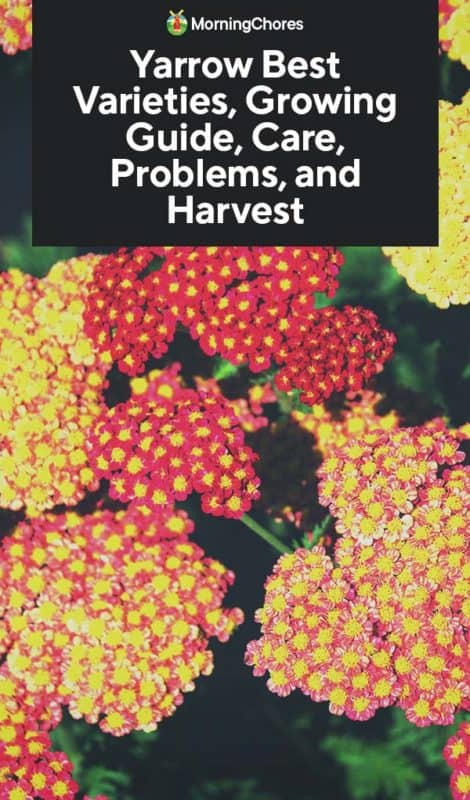
Varieties of Yarrow
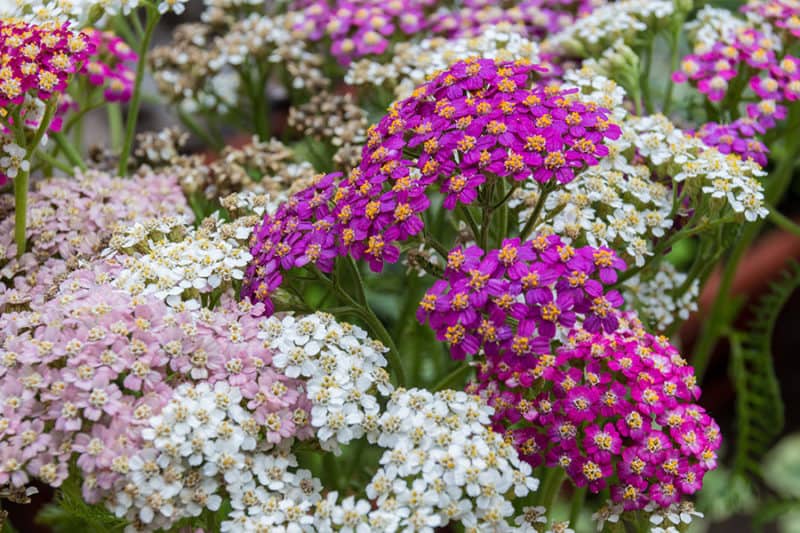
Achillea millefolium is the botanical name for yarrow, but you might know it as nosebleed plant, old man’s pepper, devil’s nettle, and thousand-seal. All types of yarrow are herbaceous flowering perennials that grow to be 2-3 feet tall and 3 feet wide.
Coronation Gold
This variety of yarrow produces mustard-yellow flowers, along with silvery-grey leaves. It’s a visually stunning selection for your garden.
Apple Blossom
This is a cross of two different varieties of yarrow that produces purple-pinkish flowers. The flowers are 2-3 inches wide.
Fanal
Sometimes referred to as “the beacon,” fanal produces red flowers with yellow centers.
Paprika
Here is a hybrid that grows brick-red flowers that grow 2-3 inches wide. Eventually, the blooms fade to a delicate shade of pink.
Cerise Queen
Cerise Queen is a wonderful variety that produces bright pink flowers. They’ll pop in your garden against their dark green foliage. The plants grow 1-3 feet tall at full maturity.
Planting Yarrow
Wherever you plant yarrow, remember that it can become invasive, so you need to be in control of the plant. Pick a location that you don’t mind the plant growing a bit wild.
Growing Zones
Yarrow is native to areas of the Northern hemisphere, such as North America, Europe, and Asia. It grows well in hardiness zones 3-9, which is a wide range.
Sun Requirements
When you plant yarrow, make sure that you select a location that receives full sun to encourage compact growth and plenty of beautiful flowers. If you pick a place that has partial sun, yarrow plants get leggy.
Soil Requirements
Make sure that you either select a location that has well-draining soil or add some soil amendments to increase drainage. Before planting, use a garden tiller to loosen the dirt in your garden bed to 12-15 inches deep. Then, add in 2-4 inches of compost.
Yarrow can handle almost all soil types whether you have sandy, clay, or loamy, so long as it’s well-draining. It prefers a soil pH level between 4.0 to 8.0.
Growing Yarrow From Seed
One option is to grow yarrow from seed. Plan to start the seeds indoors 6-8 weeks before your last frost date. Fill the seedling pots with moist potting soil and sow the seeds in the top layers of the soil. Don’t sow them too deeply!
Keep the pots in a sunny and warm location while they germinate. It takes around 14-21 days for yarrow seeds to germinate, so don’t become worried if they don’t pop through the soil quickly.
You can speed up the process by covering the top of the pots with plastic wrap, which keeps in heat and moisture. Once the seeds germinate and sprout, remove the plastic.
Propagating Yarrow by Cuttings
Most often, yarrow is propagated by division, which is why you can typically purchase it as a plant or grab some cuttings from friends.
To start, cut off about six inches of tender growth. Then, strip the bottom 2 inches of the cutting and dip it into rooting hormone. You can buy rooting hormones at most nursery stores.
Then, place the cuttings into a pot that is filled with potting soil and keep it in a sunny, warm location. Be sure to keep the soil moist. Around three weeks after placing the cutting into the ground, check for root growth by gently tugging on the plant.
When to Plant Yarrow
The best time to plant yarrow in your garden is in the spring or early summer. Make sure that the danger of the frost has passed. You can determine that by looking up your USDA hardiness zone by your zip code.
Be sure to water deeply when planting and for the following weeks after planting. That will help you establish the plant into the garden.
Spacing
Space yarrow plants 1-2 feet apart.
Caring for Yarrow in Your Garden
Once you plant yarrow in your garden, these plants require little care. That makes them the perfect choice for those with black thumbs.
Watering Yarrow
One of the great things about growing yarrow is its drought tolerance. It only needs about 1 inch of rain a week, but it can survive with less. Water your plants once a week to keep them looking as colorful as possible, but well-established plants can withstand severe drought.
Deadheading
As flowers start to fade mid-summer, cut off the dead flowers, a process called deadheading. If you remove the dead flowers, the plant will produce another round of blossoms.
Dividing
Divide yarrow plants every 3-5 years. Doing so helps to encourage a healthy plant. You can remove parts of the plant in early spring or fall before it heads into dormancy. Then, remove dead stems from the center of the bunch.
Share the clumps of yarrow with your friends or replant in other areas of your garden.
Fertilizing Yarrow
You should add a layer of compost around your plants each spring. Doing so keeps your yarrow plants well-fed.
Common Pests & Diseases That Bother Yarrow Plants
In general, yarrow is considered a disease-free plant, which makes it one of the easiest to keep in the garden. However, it’s still vulnerable to a few pests and diseases.
Powdery Mildew
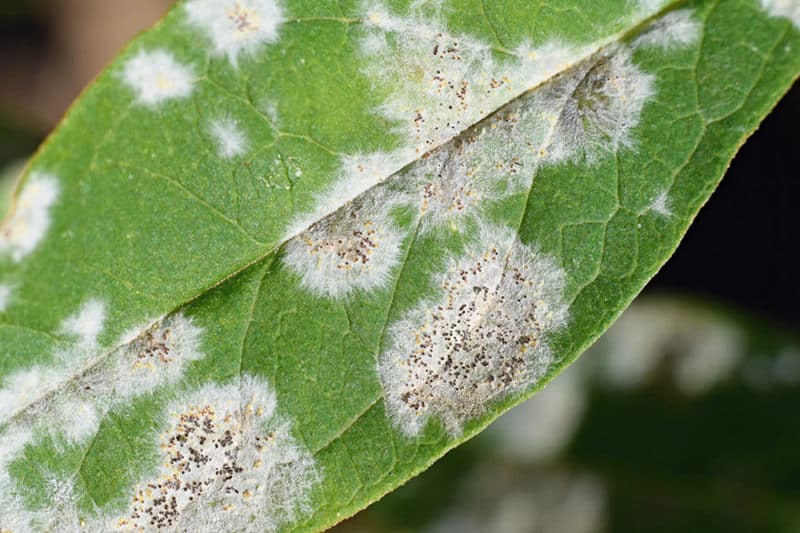
This fungal disease causes a white growth to form on leaves. Typically, powdery mildew appears late in the season, particularly in hot and dry weather.
Remove any parts of your plants that have powdery mildew on them. Make sure not to add those into your compost! You also can find many fungicides that you can use on this fungus. Some gardeners say that baking soda is also an effective preventative method.
You can help reduce powdery mildew by improving air circulation around your plants by thinning and pruning. Also, try not to water your plants from above because it causes spores to spread.
Rust
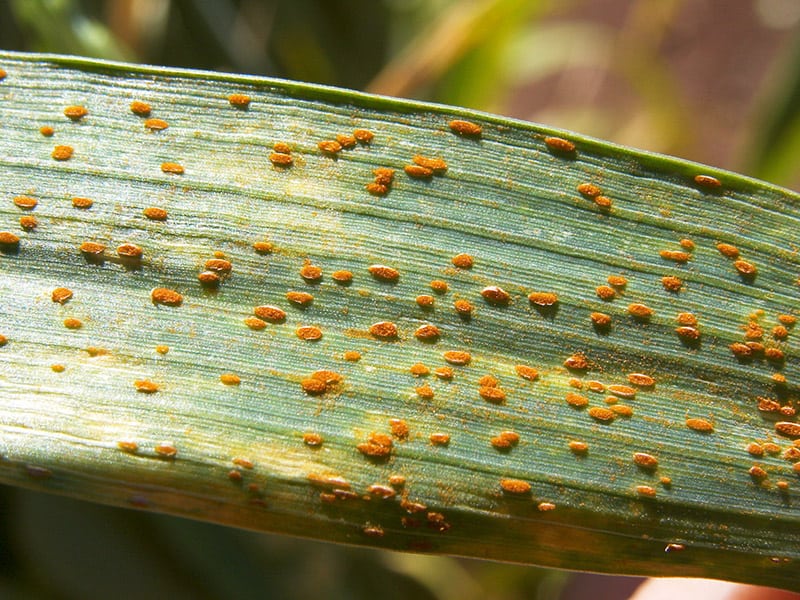
Rust is a fungal disease that starts on the underside of leaves. You might notice white, raised spots on the leaves and stems. Later, these spots turn into reddish-orange spores that eventually become black. Severe infestations cause deformities and lead to leaves dropping off of the plant.
Make sure that you remove infected leaves and rake away debris. Apply copper sprays or sulfur powders to get rid of this disease.
Spittlebug
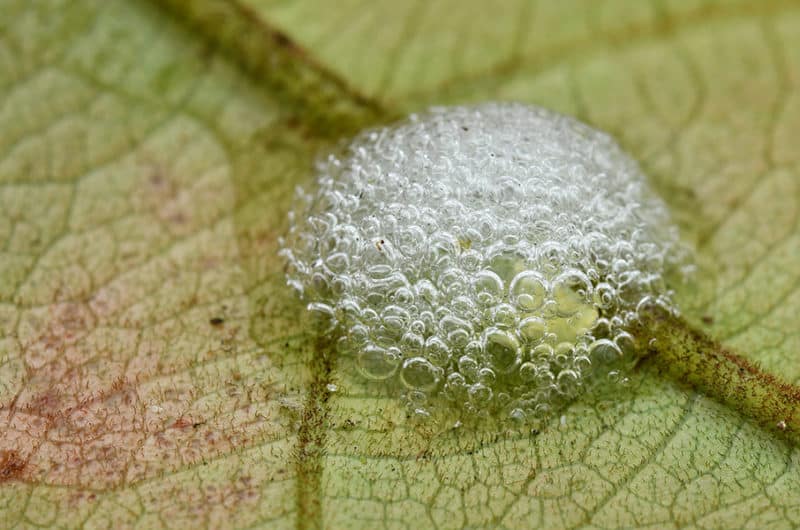
Here is another pest that attacks yarrow. It produces a protective foam that looks similar to spit on your plants. This spit nest protects the insect from UV rays, predators, and insecticides.
To get rid of spittlebugs, use a strong spray of water to wash away the insects. You also can expose the bugs to UV lights that kill them or encourage predators like spiders and wasps.
Since they don’t typically do much damage to plants and their bubbles protect them, it’s best to avoid using insecticides, which can harm beneficial bugs in your garden.
Harvesting and Using Yarrow
Centuries ago, yarrow was an indispensable herb that no garden or monastery would do without. It was known for its ability to stop blood loss from wounds. It was also known as a powerful way to ward off insects. In the Middle Ages, sprigs of yarrow were sewn onto clothes.
Today, some people use it to ease colds and stomach issues. There’s some evidence that it can help ease the symptoms of irritable bowel syndrome.
Typically, you can harvest yarrow once it starts to blossom. If you want to use yarrow for medicinal purposes, collect both the leaves and flowers and use them fresh or dried.
Be sure to harvest the flowering stalks when they’re open. You can dry the blossoms by hanging them upside down in small bunches. You can use it dried or fresh in teas.
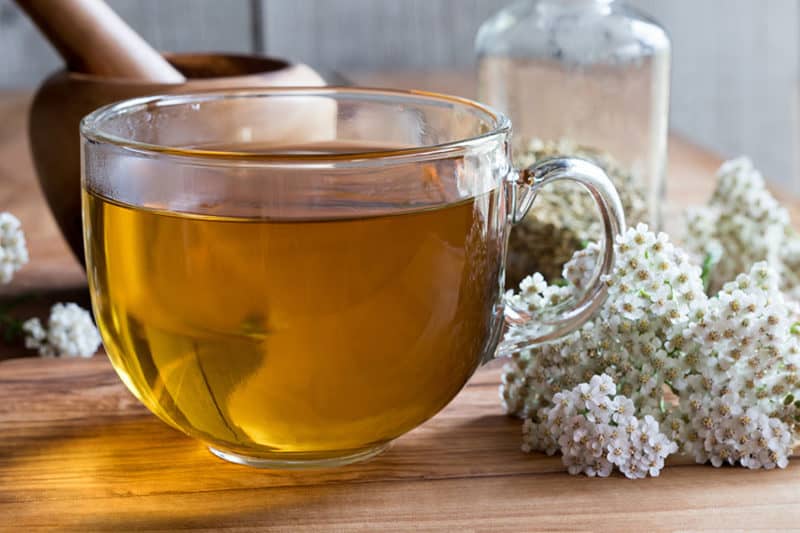
Young yarrow leaves make a tasty addition to salads, and the plant is often used as a hop substitute in beer.
The Bottom Line on Growing Yarrow
Growing yarrow is a fantastic option for all gardeners, whether or not you want to use them for medicinal properties or as a ground cover. Gardeners love growing yarrow because of how pretty and easy to care for it is. Give it a try!
